A first of our waste incineration plant facts is that a “burner” (this being the derogatory term of the anti-incinerator capaigners) is an important facility for the preservation of public health as it involves protecting the environment in a number of ways. Unless the waste materials are properly disposed of by the waste incinerator plant, it may be a serious hazard for the community. 2. Incineration tends to be highest in big cities, and the recycling rate is the lowest. London has the highest rate of incineration (63%) and the lowest rate of recycling (30%). Some say that the two are connected, and incineration leads to the councils doing badly at recycling. But waste industry experts tend to say that low recycling rates in cities are more to do with a young population less keen to spend time recycling. Plus, that high rise living makes recycling much harder. 3. Incineration is less effective in tropical climates, where humidity and increased rainfall can affect the burnable energy (how well something burns) of waste, particularly in cases where waste is stored open to the elements. Hot countries have little use for community heating and are more likely to need air-conditioning than a supply of heat from an incinerator. 4. Converting garbage to energy tackles two problems at the same time: It diverts waste away from landfills and minimises greenhouse gas emissions by eliminating the need to burn fossil fuels to generate energy. It also has the advantage of producing a rather deep stream of fuel. 5. Dioxin emissions from an energy-from-waste plant operating in accordance with the new UK pollution control standards will not pose a health risk to people living nearby, regardless of the plant’s location and size, the profile of the people concerned (such as nursing children), or the activities of the surrounding area (such as other industrial processes. Source: Environment Agency 6. Incinerators release pollutants into the environment, but as long as they follow contemporary regulatory criteria, such as the Waste Incineration Directive, they should contribute little to measured pollutant concentrations in the ambient air.” Source: The United Kingdom’s Health Protection Agency. The main type of waste incinerator plant used around the world is the moving grate type. There are also fixed grate types and fluidized bed incinerators, where a fluidized semi-floating bed replace the grate. The most significant part of a waste incineration plant is the grate. The normal moving grate is positioned flat or in a sloping style. For large incinerators, which are often equipped with waste storage for emergencies, the trucks discharge their waste into a waste storage bay. A waste-grabbing crane lifts the waste and introduces it to the grate end, and as the material combusts it moves to the ash pit located at the other end of the boiler/incinerator plant. This is one of the lesser-known of incineration plant facts. The air for combustion, and any additional gas required for heating/start-up, is provided through the grate. This air is also used for grate cooling. Cooling is necessary to maintain the grate’s condition and strength. Air for secondary combustion is moved through the nozzles to ensure total combustion, by being turbulent and carrying excess oxygen above combustion requirements. Some countries have introduced more incineration plants in their cities, than others. OK. You may say that this is one of the less interesting of our incineration plant facts. One country which is environmentally aware and which, in recent years, has introduced a lot of incineration plants is Austria. Austria had 9 plants toward the end of 2009 and may have built more since. As a result of their incineration plant building policy, about a quarter of the residents in Vienna are supplied by the heat produced from the incineration of municipal waste at 3 different plants. Spittelau Fernwarme in Vienna is probably the most photographed Waste-to-Energy plant in the world because of its famous design by the famous architect Hundertwasser. The 40-year-old building can convert 880,000 tons of waste into heat that supplies 290,000 Viennese apartments through a total pipeline length of 1,000 km. Another incineration plant, at Pffaffenau, burns 250,000 tons of waste each year, while supplying district heating to 50,000 households and additionally supplying electricity to 25,000 subscribers. Other thermal treatment methods which to varying degrees are thought of by many as incineration plants, but in fact, vary significantly in the way they work, are gasification and plasma arc processes. In these systems, the substances produced are oxidized subsequently. The incinerators should essentially ensure the conversion of various compositions into matter that is not dangerous to the environment. This needs an extremely effective incineration plant, suitable cleaning of the flue gases, and proper removal of the dust, slag, salts, and other waste products. At some time in the future “carbon capture” may also need to be added to today’s incineration plants. The use of a waste incineration plant is a waste treatment method that helps us reduce the environmental impacts of landfill sites by making them smaller and removing the organic content which causes odour and landfill gas, yet it generates heat and electricity as a side benefit. It is reported that according to the Danish Energy Agency, the calorific value of 4 tons of waste would equal 1 ton of oil or 1.6 tons of coal. The incineration of 1 ton of waste produces approximately 2,000 kWh of heat and 670 kWh of electricity. Waste management experts and many governments recommend reducing our waste generation rather than treating waste as a resource for Energy from Waste (EfW). However, for residual waste left over, and considering the fact that waste is a local resource and partially consists of biomass, waste incineration often appears to be a better and cleaner option. Like that or not that is one of our incineration plant facts. Governments have for some years now been initiating a wider plan for municipal waste treatment methods through what has been called a waste hierarchy, and that is a valuable contribution to maintaining our environment. So, reducing, reusing and recycling are the most important initial steps in order to create a sustainable economy, and need to be done before any waste goes to an incineration plant. We were recently asked; “What is Commercial Composting” and since one person asked we wrote a definition, as follows below: Commercial composting is the composting carried out principally as a method of waste disposal that diverts this organic waste away from landfills. If the feedstock is green waste or another “MSW residual waste” organic material […] Windrow composting is a way of generating compost by piling organic matter into extended rows or arc-like piles. The piles are turned over by large machinery to preserve even levels of heat, humidity, and oxygen content. Piles will usually range from four to eight feet tall and 14-16 feet in length. Windrow composting is a […] Progressive cities and many urban centers around the world are now installing large-scale in-vessel composting systems as part of their total MSW management. Large scale in-vessel composting, which makes high quality compost through the use of enclosed “reactors” that closely monitor temperature and oxygen levels throughout the biodegradation of organic materials, is popular. In-vessel composting […] Autoclaving is defined as a form of Mechanical Heat Treatment (MHT) which takes place as a batch process and comprises steam processing of residual MSW, in a vessel under the action of pressure. This is contrasted with other MHT waste treatment technologies which are continuous and don’t involve pressurization. Autoclaves have for long been used […]
List of 6 Top Incineration Plant Facts
Financial TimesMore Waste-Burner Plant “Points of Note”
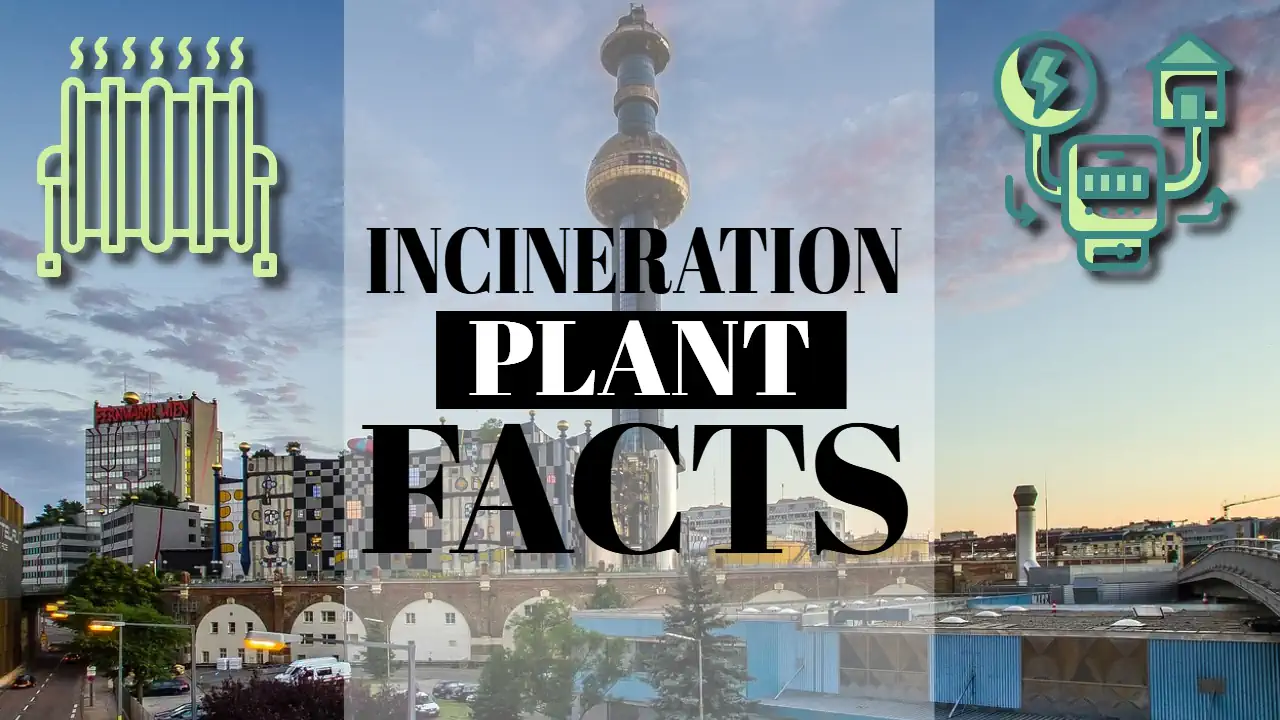
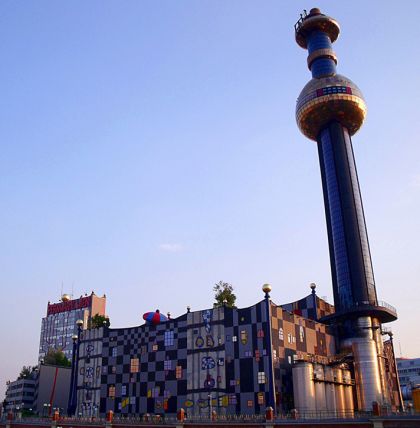

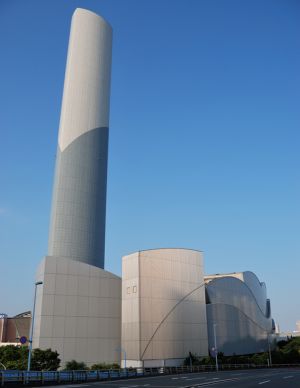
Conclusion
What is Commercial Composting?
Windrow Composting
Large In-vessel Composting Systems: What are They and How Do They Work?
Autoclave Technology for Municipal Solid Waste Management
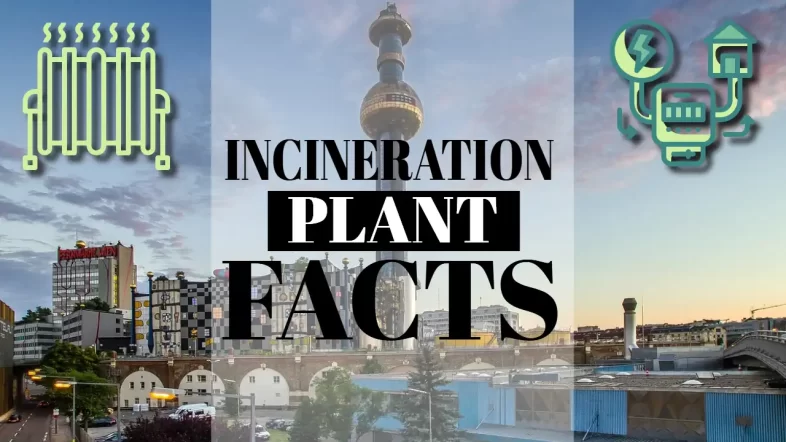
Incineration Plant Facts
1. Municipal Incineration is growing globally. In 2019/20 the UK disposed of 25.6 million tonnes of municipal and commercial waste of which 11.6 million tonnes, or 45.5% was incinerated.
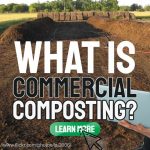
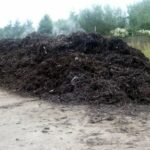
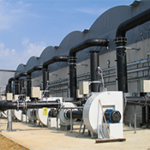
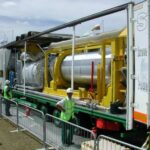
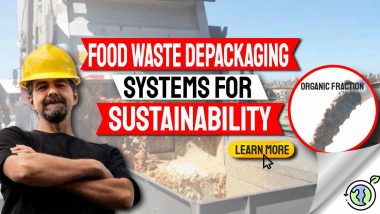
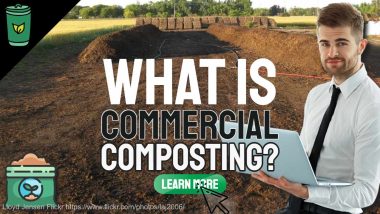

Waste incineration is not environmentally friendly!
How much organic material, which can be handled biologically, is contained in household and business waste?
In all nations, the majority of household garbage (about 70%) is derived from plants, animals, and microorganisms and should be referred to as “renewable organic material.”
All thermal techniques for treating inorganic material are unsustainable since they kill all microorganisms and emit pollutants that harm the environment, health, climate, and economy.
Inform locals that garbage incineration is highly beneficial to company economics, but citizens pay for it several times over:
1) for collection and transportation; 2) for administration; 3) for burning; 4) for medical visits owing to environmental emissions; and 5) for food farmed with agrochemicals since waste incineration hinders the reuse of chemical components required for crop production.
Carbon, oxygen, and hydrogen are produced by plants from carbon dioxide (CO2) and water (H2O). Plant nutrients are other substances that must be present in the soil.
Why do today’s decision-makers and policymakers lack fundamental understanding of the circumstances for life and the biological underpinnings of humans?
In Sweden, trash incineration began in Malmö in 1997, when SYSAV AB won authorization from the environmental court to establish two waste incinerators.